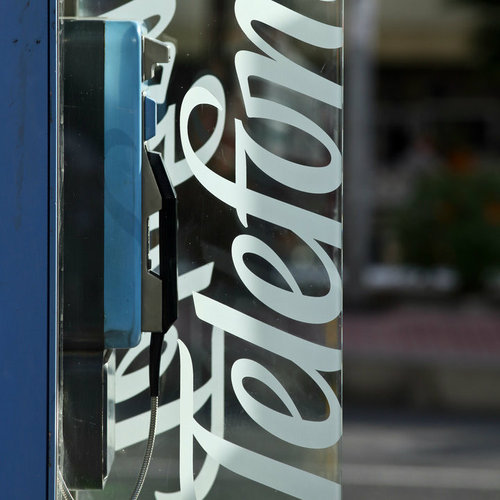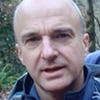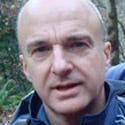
Also in today's EMEA regional roundup: Nokia and Vodafone tout 100G technology; Orange explains the point of 5G; Aryaka notches wins; who's using 5G in the UK?
Telecom regulation remains the "great frustration" of European network operators, and a new industrial approach is needed if Europe is to successfully "face the 5G revolution." So said José María Álvarez-Pallete, chairman and CEO of Telefónica, speaking at a debate organized by the Centre for Regulation in Europe (CERRE). "If regulation continues to focus on price pressure, the industry will not be able to address investments for fiber and 5G deployments or new data services and European citizens will be left behind in the digital transition," he added. Álvarez-Pallete was joined in the debate by Vodafone CEO Nick Read and Qualcomm President and CEO Cristiano Amon.
Vodafone and Nokia have been testing a new fiber passive optical network (PON) technology that is able to deliver 100Gbit/s broadband on a single PON wavelength. The trial, which took place in Vodafone's Eschborn lab in Germany last week, is the latest milestone in a long-standing collaboration between the two companies. To make it happen, Nokia Bell Labs combined 25G optics with digital signal processing (DSP) techniques. Vodafone is clearly excited about the new technology, instructing readers of its press release to imagine "being able to touch an object over the Internet, share a meal with a 3D-holographic family member or even transmit the smell of a bunch of roses." All of which may have sounded like lunacy before the pandemic struck but now – well, maybe they are onto something…
Yes, yes… but what is 5G for? That's the consumer question that Orange sets out to answer with its new ad campaign, which goes live today, if only in Luxembourg for the time being. A fun video (see below) depicts a group of schoolkids running amok in a museum, interacting with exhibits in a frankly worrisome way – but the pay-off makes it clear that this is all being done via 5G on the teacher's tablet, back in the comparative safety of the classroom.
Aryaka Networks, the cloud-based WAN specialist, says that during the lockdown period it has notched up "major customer wins" in the EMEA region, though it doesn't specify who they are with. The largest of them, however, was with a company in the financial services sector that has 10,000 employees operating more than 80 sites across the world.
UK mobile operator EE has been keeping tabs on where 5G is being used most and, as you might expect, it's in the big cities. More specifically, east London is hungriest for the new technology, with Birmingham in second place, other parts of London in third, fourth, fifth and sixth place, and Manchester in seventh. Virtual gatherings over the holiday period also boosted 5G take-up, with particularly noticeable spikes either side of Christmas Day lunch. Figure 1:
 Pre- and post-turkey
Pre- and post-turkeyThe European Telecommunications Standards Institute (ETSI) has produced a report that compares – in some detail – smartphone-based contact-tracing systems used in the battle against COVID-19 around the world, with particular attention paid to how each app deals with data privacy issues. In its conclusions, ETSI admits, however, that such apps have their limitations: "Having the finest, user-friendliest, most innovative app means not necessarily success in interrupting ongoing transmission and in reducing the spread of an infection." The weak link would appear to be, erm, humans.
Spectrum, a broadband service provider based in Cardiff, Wales, has appointed Justin Leese as chief technical operations officer and Steve Cooper as chief delivery officer. Leese has worked at NTL (now Virgin Media), Ericsson and Openreach, among other places, while Cooper was most recently leading the fiber rollout for WightFibre, on the Isle of Wight.
The Vodacom Tanzania Foundation has joined forces with the World Wildlife Foundation to initiate a massive program of reforestation in the Dodoma region of Tanzania to help combat the effects of climate change. More than 71,000 trees will be planted, enough to cover around 290 soccer pitches.
— Paul Rainford, Assistant Editor, Europe, Light Reading
Read more about:
EuropeAbout the Author(s)
You May Also Like












